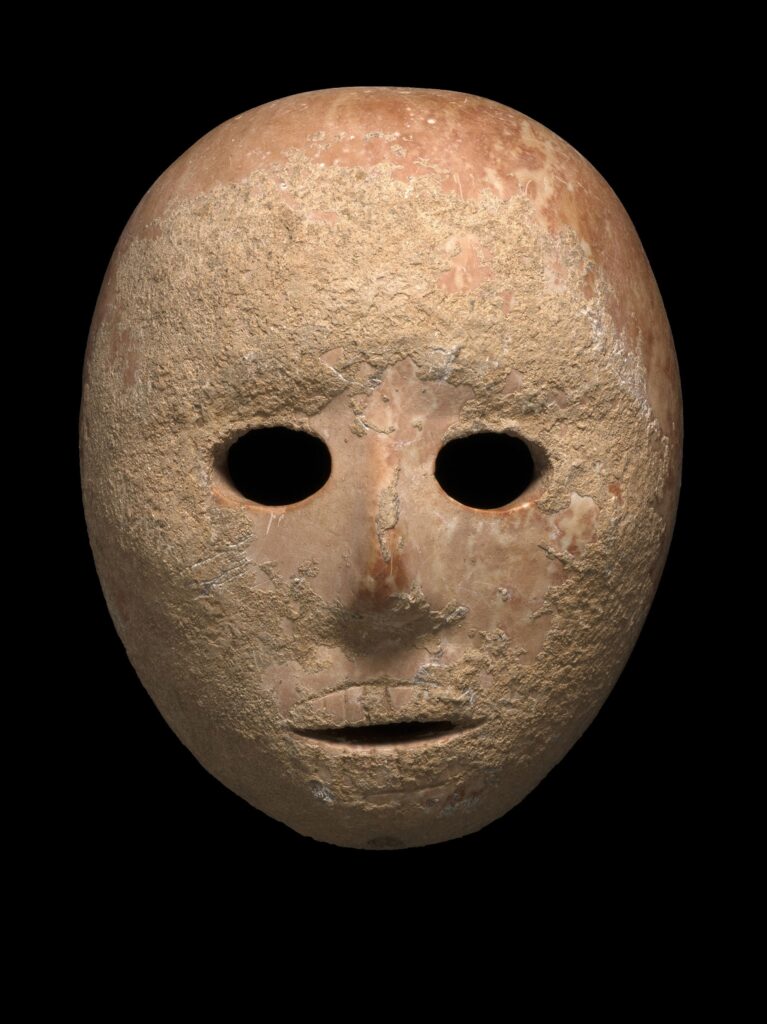Introduction
A team of German researchers has uncovered new evidence of prehistoric violence by analyzing the mummified remains of two South American men. Using advanced 3D CT imaging, they discovered that both individuals met brutal deaths more than a millennium ago. Their findings, published in Frontiers in Medicine, provide a rare glimpse into the darker aspects of ancient societies
The Discovery and Examination
The research team from Bogenhausen Hospital in Munich conducted high-resolution 3D CT scans on three naturally mummified bodies. One mummy is kept at the Anatomical Museum of Marburg in Germany while the other two are housed at the Museum of History and Art in Delémont, Switzerland

The mummified remains from Marburg were traced back to the ancient Arica culture in northern Chile. Burial artifacts suggested the individual was part of a fishing community. Meanwhile, the Delémont mummies were associated with the Arequipa region of southwestern Peru based on pottery found alongside their bodies
Cause of Death: Evidence of Violence
The Marburg Mummy
Analysis revealed that the Marburg mummy belonged to a young man aged between 20 and 25 years standing about 1.72 meters tall. His squatting burial position and worn teeth indicated a maize-based diet. Although he showed signs of having survived severe tuberculosis the immediate cause of death was much more violent
3D CT scans showed that he sustained a fatal blow to the skull and a deep stab wound to his back. These injuries likely occurred while he was standing or kneeling. The wounds suggest an attack by one or two assailants between the years 996 and 1147 based on radiocarbon dating
The Delémont Mummies
The Delémont male mummy dating from 902 to 994 showed significant vascular disease but his death was caused by massive trauma. His cervical spine exhibited a serious dislocation indicating a sudden violent force to the neck that would have caused immediate death
In contrast the female mummy dated between 1224 and 1282 showed no evidence of violence. Damage to her bones likely occurred postmortem suggesting she died of natural causes
Analytical Insights
These findings expand our understanding of violence in ancient South American societies. Previous research primarily focused on skeletal injuries. However the preservation of soft tissues in natural mummies especially in the dry environments of southern South America offers new dimensions of forensic analysis
The violent deaths marked by blunt force trauma stabbing and neck dislocation point to interpersonal conflict possibly related to warfare punishment or ritual killings
The fact that these individuals wore finely woven garments made of cotton camelid wool and viscacha fur further suggests they were part of settled resourceful communities. Such details challenge assumptions that early societies were uniformly peaceful and instead paint a more complex portrait of their social dynamics
Conclusion
The investigation of these ancient mummies sheds light on the prevalence of violence in pre-Columbian South America. Far from being isolated incidents the brutal deaths of these individuals hint at broader patterns of conflict and societal tension. By combining modern imaging techniques with archaeological context researchers are uncovering the hidden often harsh realities faced by ancient civilizations



